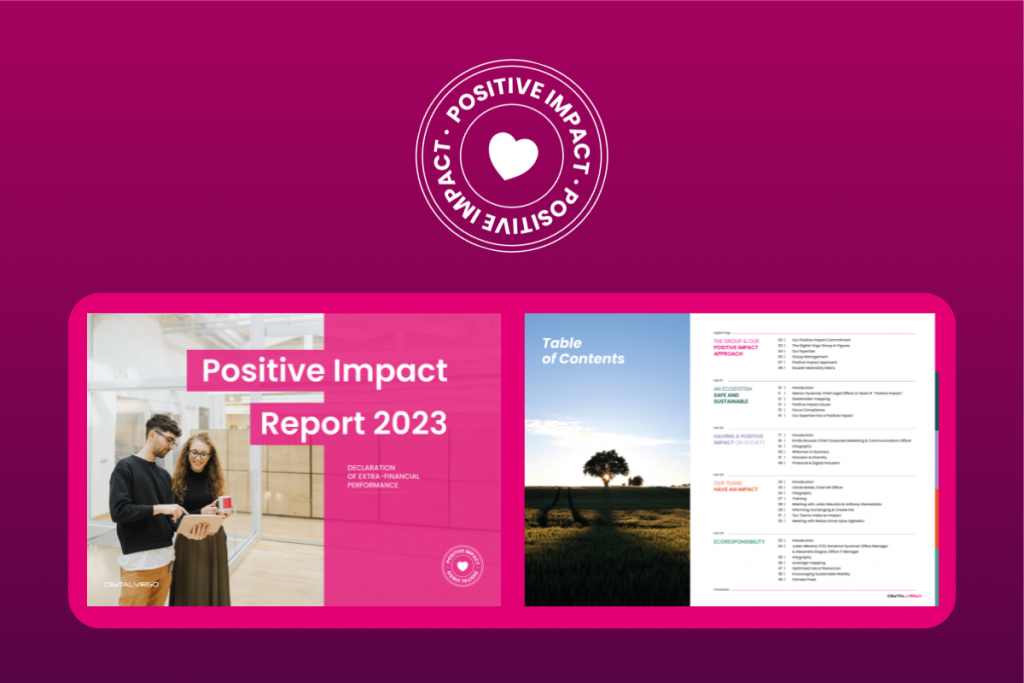Mobile Payment in the Middle East by 2025 …
- 65.4 billion revenues generated by operators – GSMA
- 357 million mobile Internet users – GSMA
- 458 million mobile users – GSMA
The MENA zone, at the heart of innovative dynamics
The MENA region is the home for countries that have experienced rapid economic development in a very short period of time. This unprecedented growth momentum has been accompanied by exponential growth in telecom networks, internet accessibility, and data consumption. In 2019 the SIM card penetration rate exceeded 105% and it is expected that by 2025 the smartphone adoption rate will exceed 80% (GSMA). With such prospects, the Middle East remains a particularly interesting area for mobile payment and next generation digital services!
Find out where are located our offices in Northern Africa and in the Middle East!
Regional specificities and perspectives
The MENA region is characterized by its commitment to see the region develop and meet the needs of digital interconnectivity. In this sense, 5G remains the main focus for operators, governments and regulators in the region – particularly in the Gulf States, which have become real pioneers in this area. The GSMA forecasts that in 2025 almost 60 million mobile connections will be in 5G! It is also expected that 4G connection will overtake 3G by the end of 2021, which suggests a world of possibilities in a region of the world where the mobile industry represents almost 6% of GDP.
Regulatory and legislative efforts are steadily advancing in many countries of the region, including Saudi Arabia, the United Arab Emirates and Morocco. The dynamic development and expansion of mobile payment allows us to consider a future in which new digital uses could shape the users’ daily lives.
Post-Covid Perspectives
As elsewhere in the world, the Covid-19 health crisis has demonstrated the importance of digital connectivity. The MENA region has been able to adapt and deploy services that allow users to appropriate the reality of the new health regulations. In the future, the challenge will be even greater as digital services will be at the heart of fundamental economic and social perspectives.
One of the first consequences of Covid-19 on MENA’s mobile industry has been to boost mobile payment solutions to the top of the list. The increasing development of remote work, e-commerce and e-learning represents a real challenge for the economic actors of the zone.
The key to success in MENA? Premium services adapted to users’ needs and expectations!
The unprecedented growth in mobile data consumption during the year 2020 gives a glimpse of the region’s development potential. Countries like Morocco, Egypt, Saudi Arabia and the United Arab Emirates embody the digital potential of the region. These countries are driven by a young, dynamic and highly connected population with a high demand for premium content. It is undeniable that the Covid-19 crisis has also impacted the region’s digital economy, and although investments in 5G network deployment have been lower, the Gulf countries in particular are determined to redouble their efforts to meet future challenges. The deployment of 5G remains a key focus for many MENA countries, where demand for premium content is very high – thus requiring a quality connection and efficient download speed.



